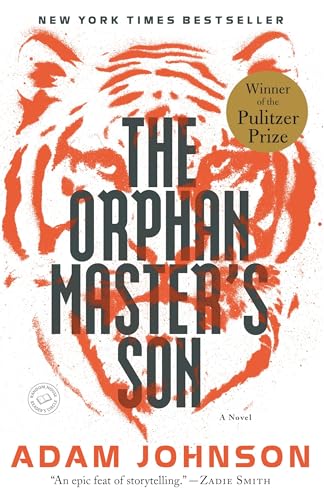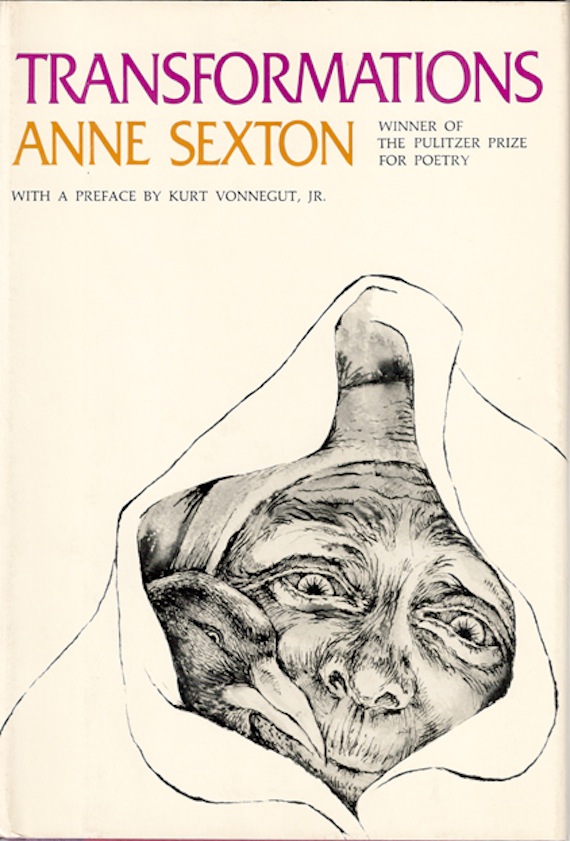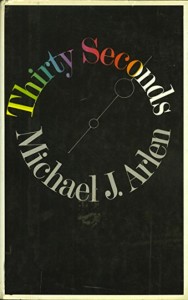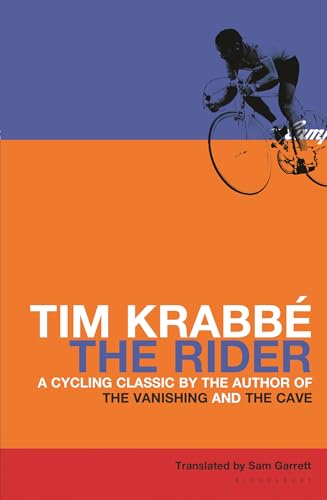 This summer I forsook traditional beach reading for the unbeachy but extremely diverting Rabid, a cultural history from (married) co-writers Bill Wasik and Monica Murphy. I am always susceptible to books about grim subjects, and Rabid has the significant added virtue of being very well-written, and finding a nice balance between the authors’ respective disciplines (she is a veterinarian with an additional degree in public health; he is an editor at Wired, previously Harper’s).
This summer I forsook traditional beach reading for the unbeachy but extremely diverting Rabid, a cultural history from (married) co-writers Bill Wasik and Monica Murphy. I am always susceptible to books about grim subjects, and Rabid has the significant added virtue of being very well-written, and finding a nice balance between the authors’ respective disciplines (she is a veterinarian with an additional degree in public health; he is an editor at Wired, previously Harper’s).
Let’s make no bones about the fact that the subject is grim — a horrible death experienced by 50,000 people a year, the overwhelming majority of these in countries where neither the state nor the citizenry have the resources to combat rabies, at the post-exposure, or the far more important preventative stage. I didn’t know that rabies in humans is hydrophobia, that its victims are repulsed by water, or that nature’s mute perversity subjects some victims to frequent and involuntary orgasm. As Murphy and Wasik stress again and again, this is a horrible disease; its grotesque symptoms, its uncurable-ness, its unpredictable incubation time, and its ideal vector — the dog — give it a unique fascination in the human psyche. The authors go in-depth on the longevity of rabies’ iterations and simulacra in popular culture, from Homer to Danny Boyle (one of our first recorded jokes is a Babylonian thigh-slapper about a man who seeks treatment after being bitten by a dog).
The subject is grim, but what moved me about this book was, oddly enough, something approaching the so-called triumph of the human spirit — our collective curiosity and knack for problem-solving over millennia. Of course, we also tend toward crappy decisions in trying times: one solution to the rabies problem has been the widescale, usually brutal, and always ineffective culling of dogs (with guns, with rocks, with poison).
There are books which do the important work of chronicling the missteps in the history of science and medicine — the collateral damage, human or otherwise, of progress. But despite this book’s catalog of now-outlandish theories and treatments developed by our medical forefathers, for me Rabid is partly about the heroism of history, from Susruta to Ibn Sina to Benjamin Rush. I loved the chapter on Louis Pasteur, on his methodological rigor and his showmanship (he staged a publicity stunt whose success rode on the survival of 25 hapless sheep infected with anthrax). I loved reading about the children who were bitten by a dog and traveled all the way from New Jersey to receive his new miracle treatment.
Rabies hasn’t been solved; one of its horrors is that it is profoundly incurable once the sufferer presents symptoms. The book wraps up by describing our contemporary batch of problem solvers and medical bulldogs, and it is fascinating to read about the way that understanding of the disease and its implications continues to evolve (blood-brain barriers! Nanoparticles!). I was moved by the chapter on the Milwaukee Protocol, a practice innovated by a Wisconsin doctor named Rodney Willoughby, who may or may not have saved the life of a young woman infected with rabies–a goner according to all received wisdom. I found him a very sympathetic figure, despite the disdain with which his protocol is evidently treated in some medical quarters.
I say humanity’s collective curiosity and can-do, but I should exclude myself from the august ranks. One of the book’s side effects in my case was the manifestation of totally unreasonable and heretofore dormant rabies panic. Two days after I finished the book, a raccoon interfered with my yoga mat on the back porch in the night. In the morning I touched the mat, and spent the next two days picturing the fatal drop of virulent raccoon spittle persevering long enough to slip into a scratch or mucous membrane, making its long creep up the nervous system to my brain.
Nothing about the book’s science does anything to encourage such ludicrous fancies. But it is a testament to Wasik and Murphy’s success in identifying a primordial human anxiety and bringing it vividly to life.








